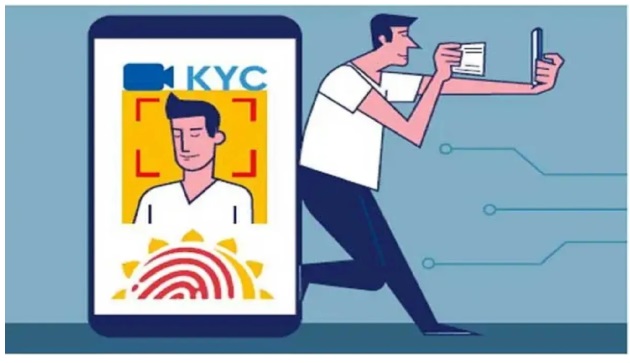Understanding e KYC: Full Form and Definition
e KYC stands for "electronic Know Your Customer." It is an electronic process of verifying the identity of customers using digital means. The e KYC full form denotes a streamlined version of the traditional KYC process, which requires physical documentation and in-person verification. e KYC leverages digital technologies to authenticate the identity of individuals, thereby removing the need for lengthy paper documentation and manual checks.
How e KYC Works
The e KYC process typically involves the following steps:
1. Digital Onboarding
The process initiates with the customer providing their basic information through an online platform. This could be a bank or financial service's website or app. The information usually includes the customer's name, address, date of birth, and other personal identifiers.
2. Document Verification
Customers are required to upload scanned copies or images of valid identification documents. This might include government-issued IDs like passports, driver's licenses, or other relevant documents. Advanced software is used to verify the authenticity of these documents instantly.
3. Biometric Authentication
To further enhance security, biometric data such as fingerprints, facial recognition, or iris scans may be used. This step adds an extra layer of assurance that the person submitting the documents is indeed who they claim to be.
4. Video KYC
As a part of advancing e KYC processes, video KYC is gaining popularity. It involves using live video interaction between a customer and a service provider's representative to verify identity. Video KYC ensures that the individual is present and interacts with the representative, reducing fraudulent activities. It also adds a personal touch to the digital verification process.
5. Approval and Account Activation
Upon successful verification of documents and biometric information, the customer's details are approved, and the account is activated. The entire process is swift, often completed within minutes to a few hours, depending on the service provider and the technology in use.
Use Cases of e KYC
The flexibility and speed of e KYC make it applicable in various sectors, including:
1. Banking and Finance
One of the most prominent uses of e KYC is in the banking sector. Banks and financial institutions use e KYC for opening accounts, loan processing, and credit card applications. The technology enables them to onboard customers quickly and securely.
2. Telecommunications
Telecom companies utilize e KYC to activate new connections. It helps them adhere to regulatory requirements, ensuring customers’ identities are verified without delays.
3. Insurance
Insurance providers leverage e KYC for policy issuance. By verifying customer information digitally, they can streamline the process of policy underwriting and issuance, enhancing customer experience.
4. Financial Technology (Fintech)
Fintech companies utilize e KYC to onboard customers for various services, including digital wallets, investment platforms, and peer-to-peer lending services. The rapid verification process aids in enhancing customer acquisition strategies.
5. Online Gaming and Gambling
In regions where online gambling is legal, platforms use e KYC to verify the age and identity of users, ensuring compliance with legal age limits and preventing fraudulent activities.
Conclusion
In summary, the e KYC full form signifies a crucial transformation in the way identity verification is conducted across different sectors. By digitizing and streamlining the verification process, e KYC enhances efficiency, reduces costs, and increases security. Innovations like video KYC further add to its robustness, ensuring real-time verification while maintaining a user-friendly experience.
As digital services expand and regulatory requirements become stringent, the adoption of e KYC will continue to grow. It stands as a quintessential component for institutions aiming for swift, reliable, and secure customer onboarding processes. Embracing e KYC not only aligns businesses with modern digital practices but also empowers consumers by offering them convenience and peace of mind.





0 Comments